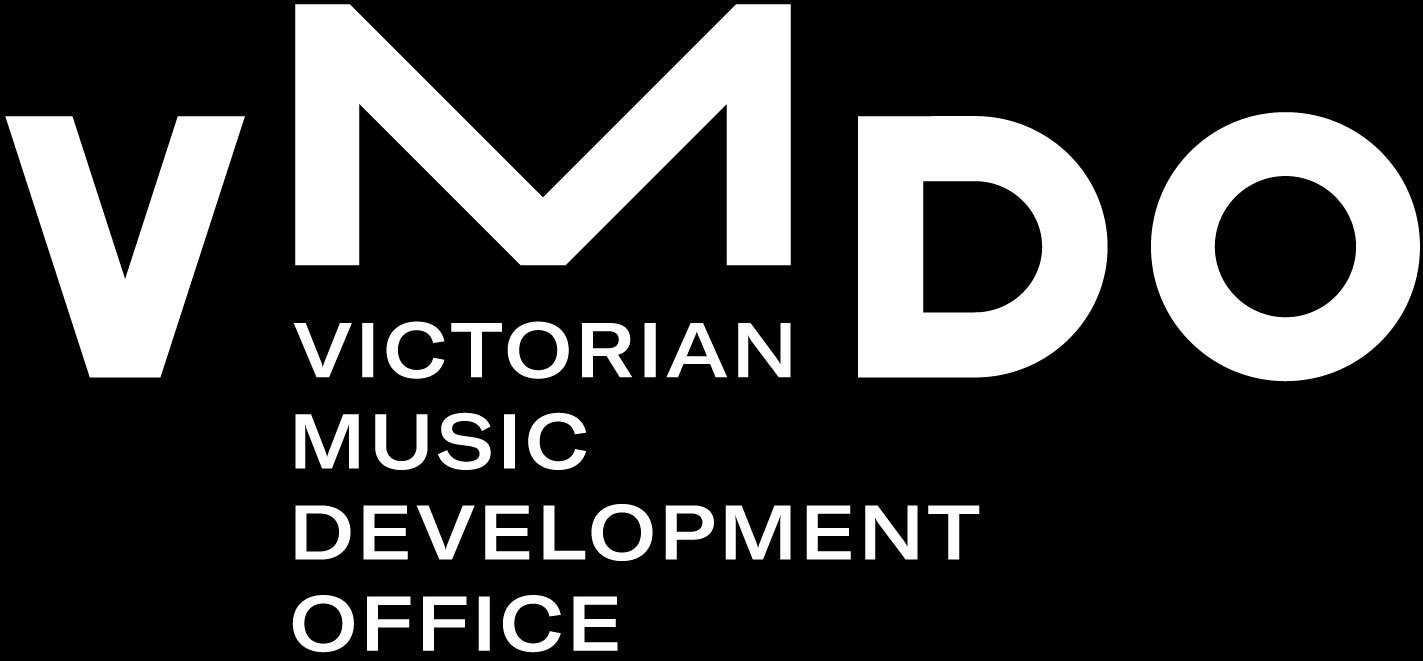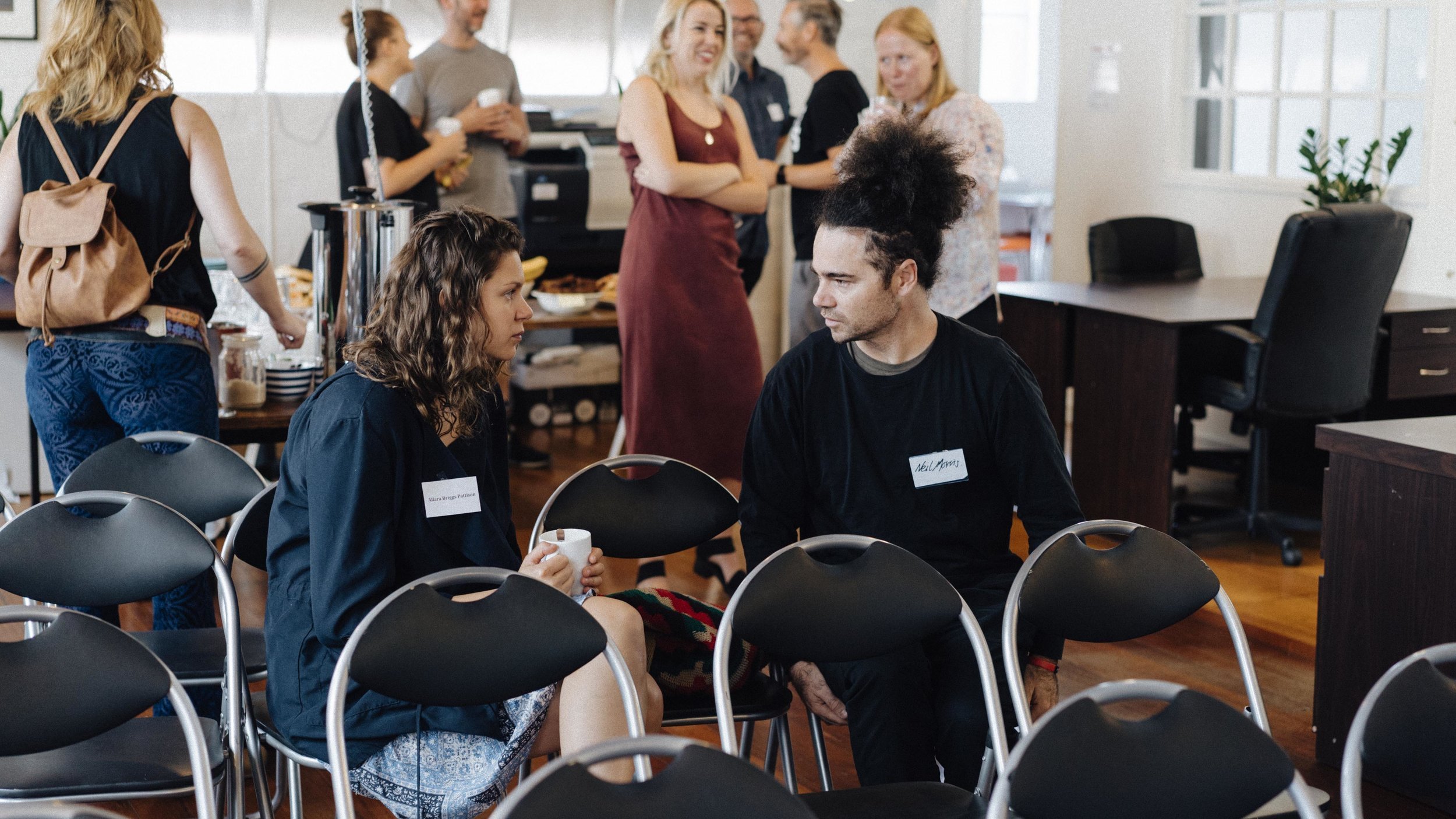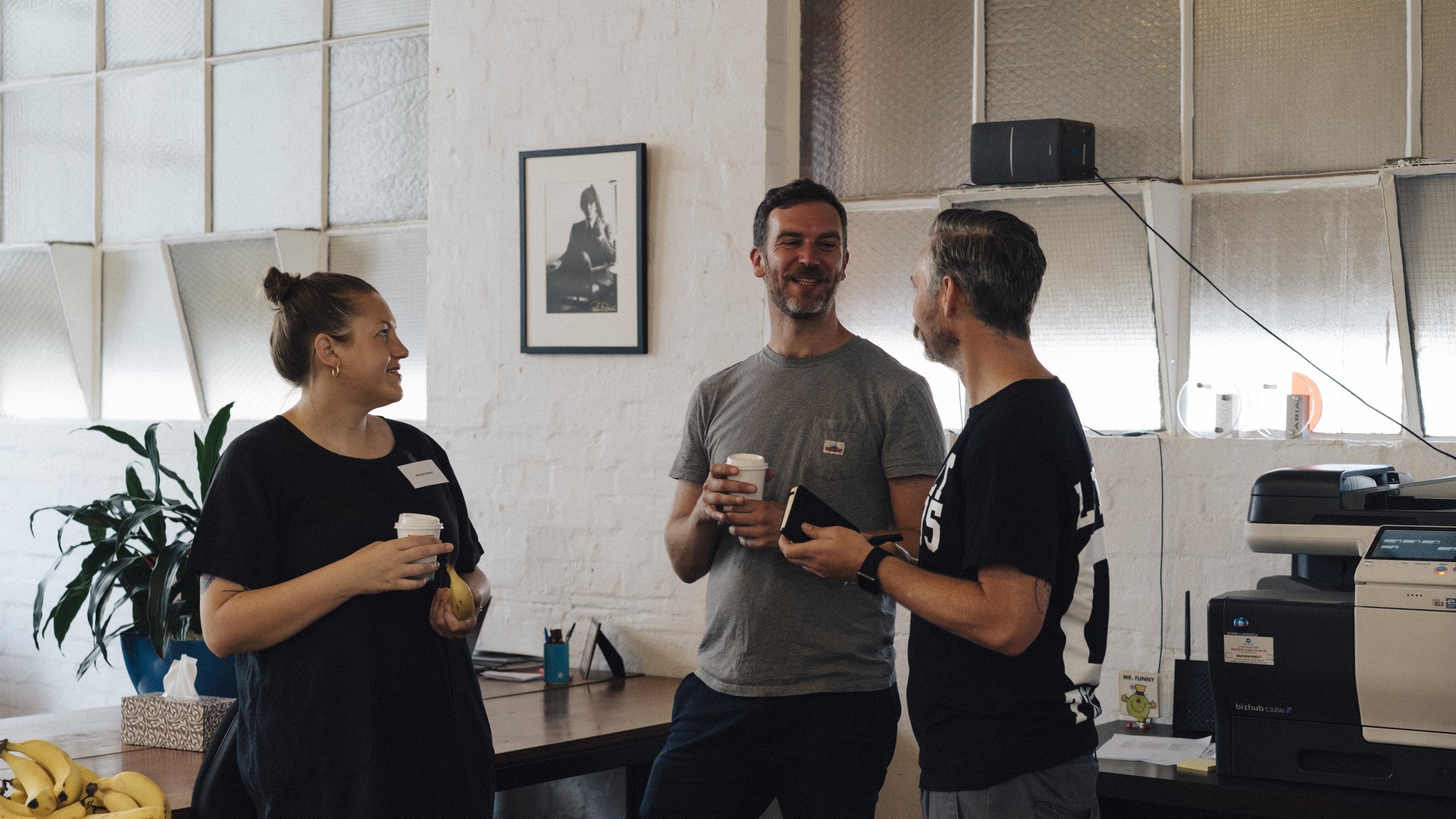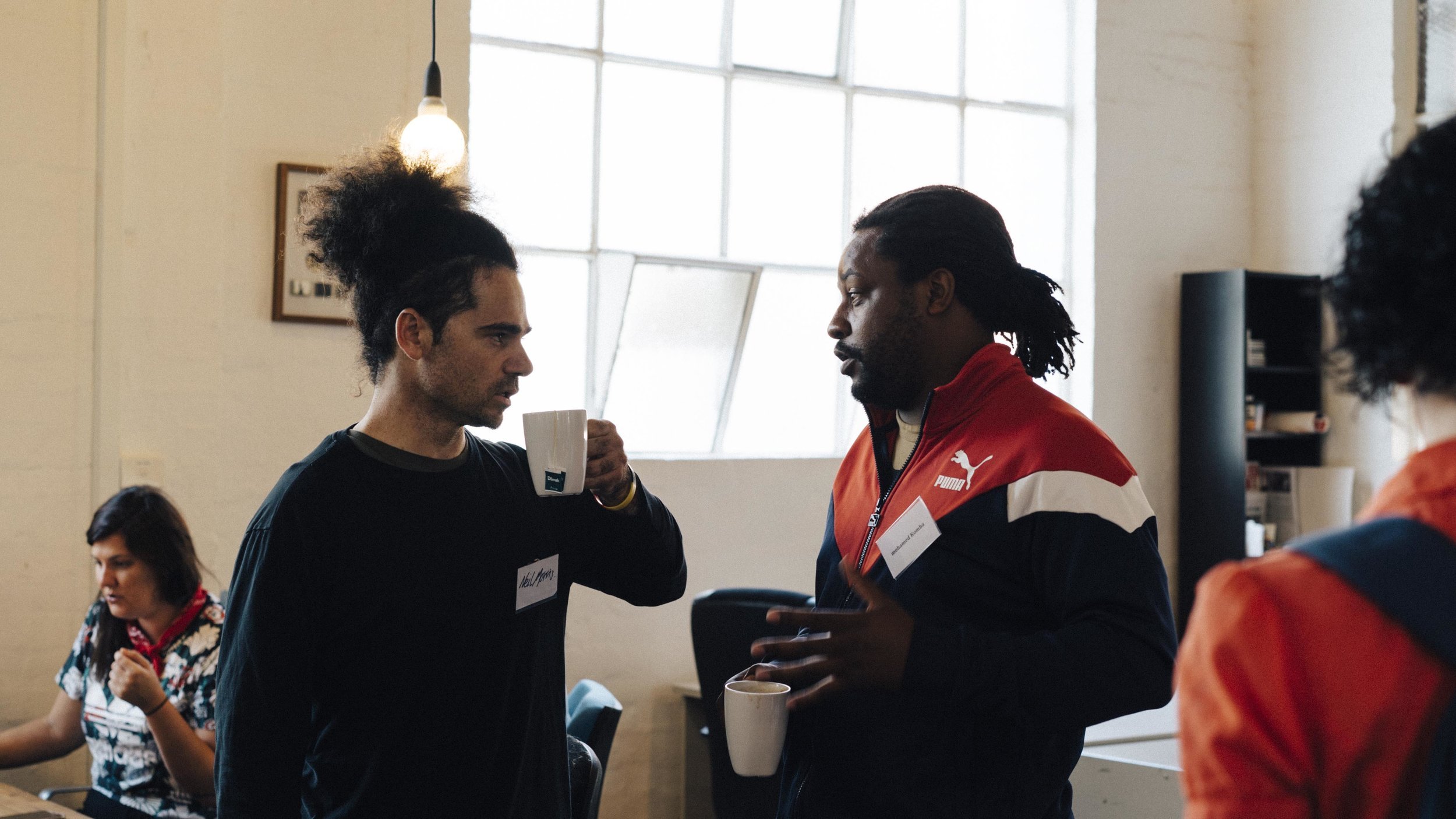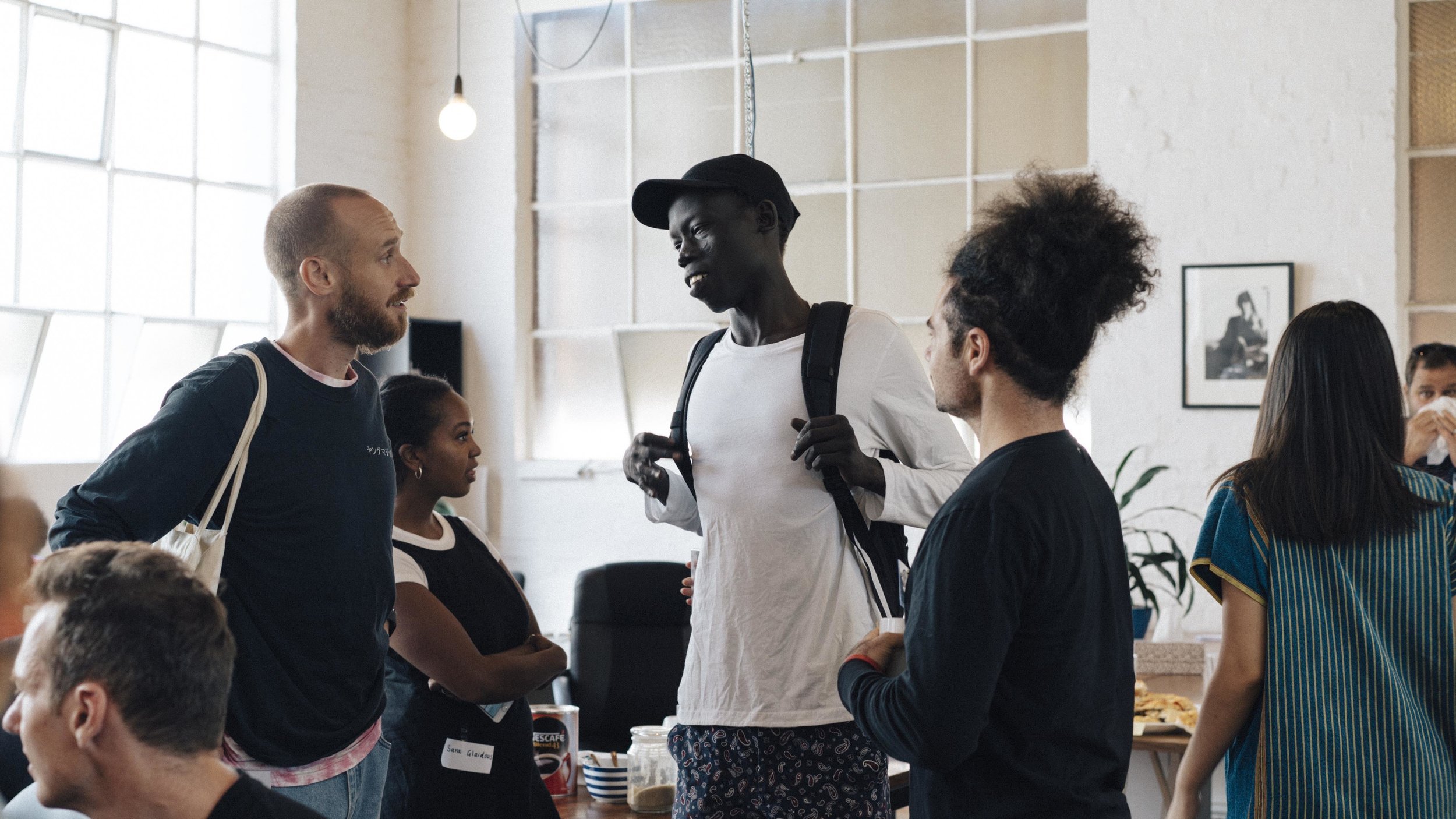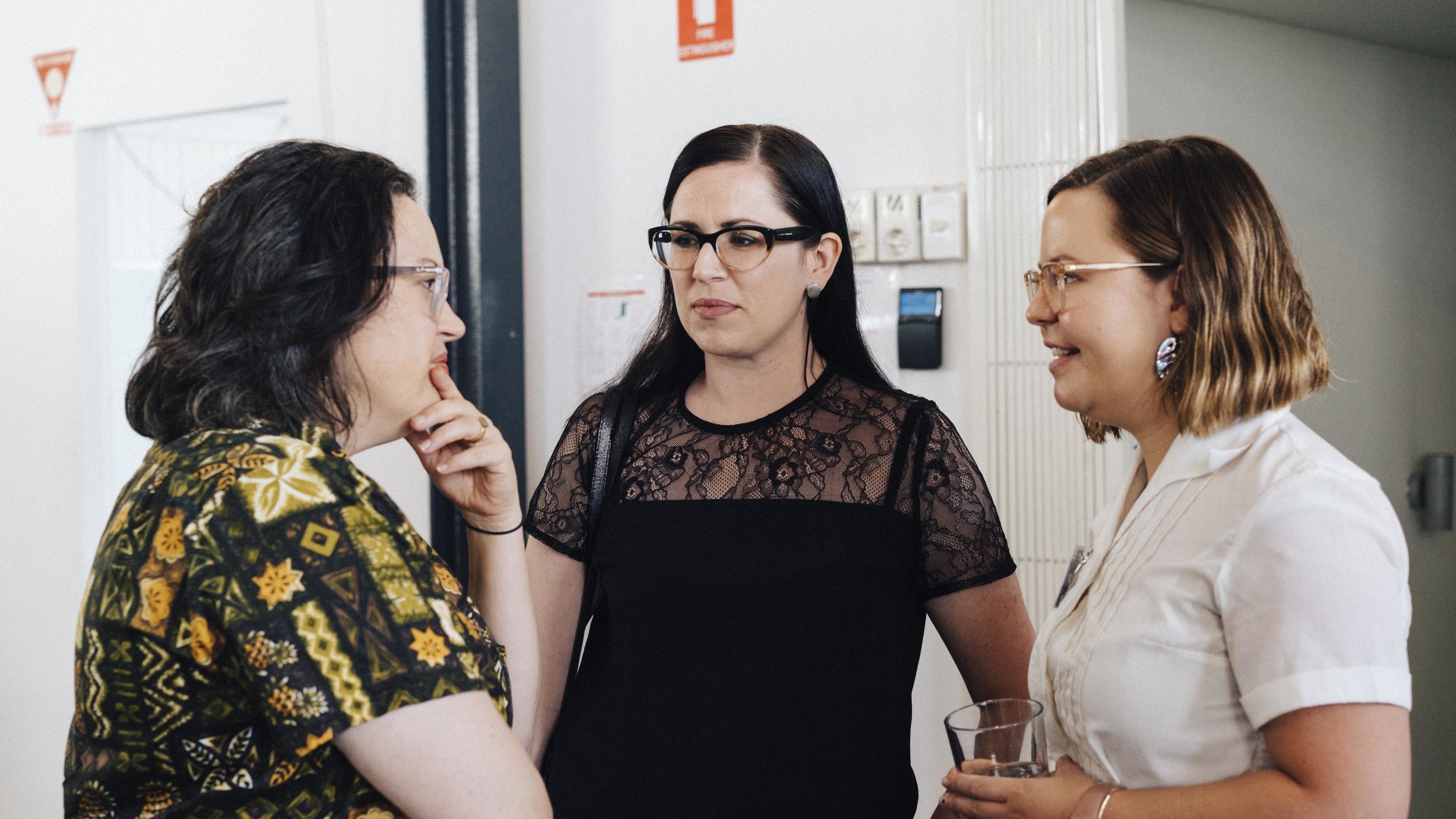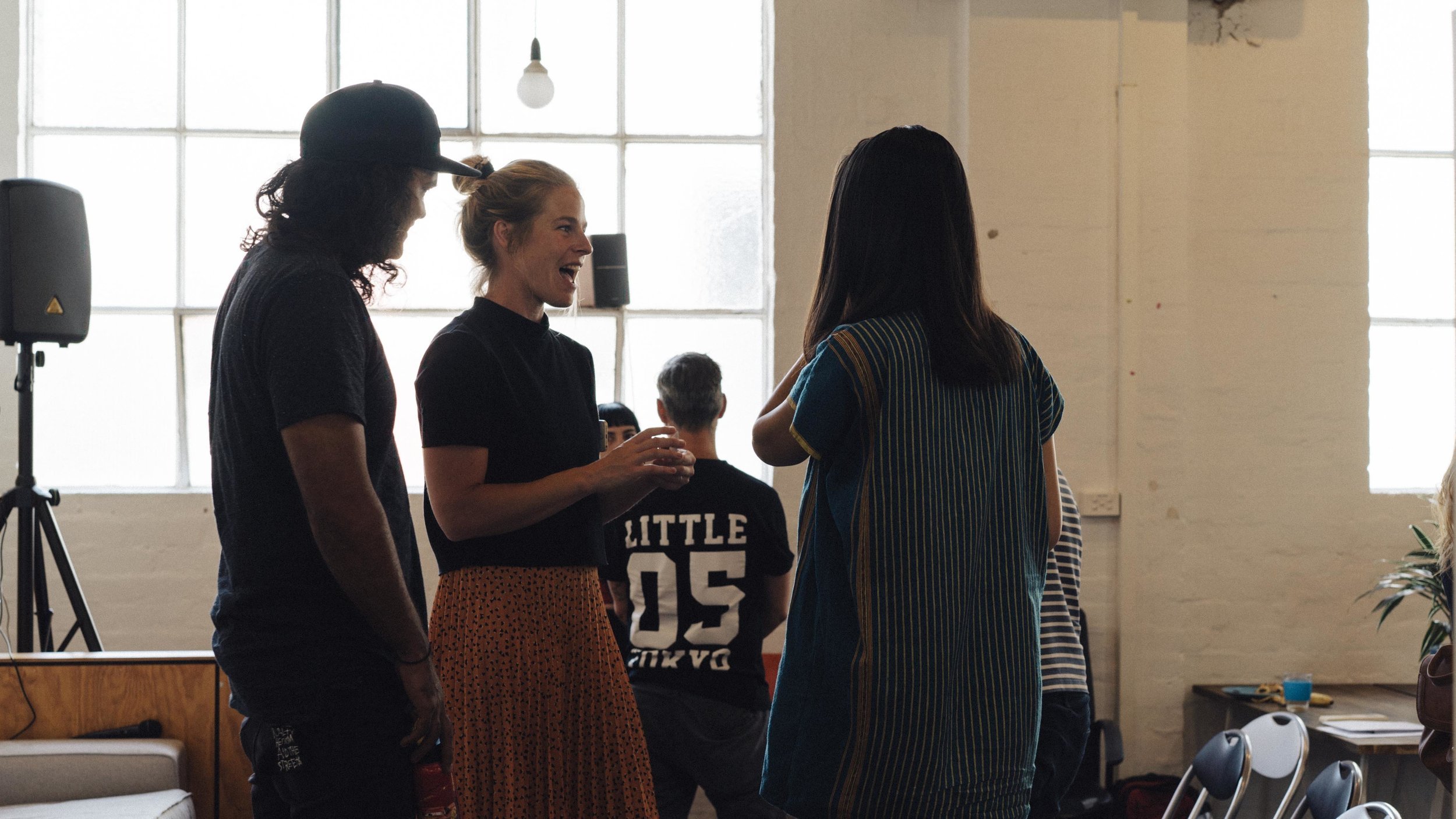VMDO – Networking Breakfast #2 Recap
L-R: Nathan Bird, Sabrina Robertson, Katie Besgrove, Coco Eke
Source: VMDO; Photographer: Sianne van Abkoude
Published 5 February, 2019
Panel: Sounds Australia LATAM (Latin America) Export Mission
Date: Tuesday January 22 2019
Location: White Sky Hub, Collingwood
Moderator: Glenn Dickie – Export Producer, Sounds Australia
Speakers:
Katie Besgrove (Look Out Kid/Barely Dressed Records)
Sabrina Robertson (Native Tongue Publishing/Maths & Magic)
Coco Eke (Bad Apples Music)
Nathan Bird (Birdz)
VMDO’s second Networking Breakfast saw a panel of delegates from the recent Sounds Australia export mission to South America. Sounds Australia has been forging pathways into LATAM for three years, having identified that the region has enjoyed rapid growth in recent years in terms of streaming, touring and infrastructure. The trip, which took place over three weeks in late 2018, delved into Peru, Chile, Argentina and Brazil (PCAB), and saw the Australian team build on existing networks in the region as well as forge new ones.
Key discussion points:
1. First impressions of the region/scale compared to Australia.
2. How feasible is it to penetrate the market? How do you do it?
3. Is the relationship between LATAM and Australia reciprocal?
4. Possible income streams for artists/collaboration opportunities.
Notes:
1. a. The delegates all shared that they didn’t have much prior knowledge about the LATAM region. Not only had it not crossed their minds to explore export opportunities over there, but they felt that it was “far away” and were unaware of just how big it was. Katie noted that she had never travelled to the region, and in fact tended to lump all of the countries together. She now notes that each country is incredibly different in their own individual music markets/industry practices and that interestingly, key players in each country don’t tend to talk to each other and collaborate as a community.
b. The delegates noted that within each country they visited, they noticed little “sub regions” in between. In these regions, they noticed different music tastes, trends and ideas.
c. Brazil alone boasts over 209 million in population. Glenn noted that Australian artists might only be able to penetrate 1-2% of this total, but that the opportunity still presents as worthwhile.
2. a. Delegates noted that the best way to enter the market would be through festivals, as well as by “teaming up” with local artists of a similar genre, possibly as a support, to gain some access to their network/ local insight. Katie noted that it seems to “be all about Lollapalooza” there, and in order to get on that massive bill you need to prove that you already have an audience there and can sell tickets. Sabrina agreed that it is not easy to get onto bills, an artists needs to build exposure prior and have some communication with the local industry, but despite this, the avenue should not be ignored.
b. From a label perspective, Coco mentioned that establishing relationships with local industry now from the start, while they are still emerging and still figuring out where to take things is a prime opportunity for Australia.
c. Glenn - Because Australia is so well established, the South American market is keen to latch on to our experience and connect. We have a great tradition of working really collaboratively as an industry, which the South American market could make more use of. The end goal would be more active collaboration between each country across South America (at a government and music industry level) so that touring across the whole region is cheaper/more accessible (flights, visas etc.)
d. Press and blogs are a big “in” to this space. Language barriers are something to consider – it’s a good idea to target your socials to the area that you’re going to ie: create complementary copy/promotional material in Spanish and/or Portuguese. Youtube content is also super popular, it’s a good idea to target your online video content to this market as well as it can go a long way. Things to consider: collabs with prominent local faces, translating lyrics on videos.
In particular, Colombia is quite strong in terms of the music sphere, so feeding into this market first could be a good way to “trickle down” into other parts of the Americas. Rolling stone is a major publication to be aware of in Brazil.
3. a. Are Australian music-lovers just as aware of south American music as we would like? Is the relationship reciprocated? Glenn mentioned that South American artist exposure in Australia is gradually creeping forward, and there are stepping stones in place to ensure that our awareness keeps growing - “It needs consistent, hands-on energy for it to really push forward.” Chile and Brazil are already pushing forward quite well. Meanwhile, South American hip hop is tipped to do well in Australia as the stigma related to the genre is not attached.
4. a. Vinyl is really big in the region – although getting it over is really hard. The delegates noted that some labels don’t even offer physical distribution, so the best way to get your music over immediately is streaming. From a manager’s perspective data mine for your artist to gain an understanding of their audience. Look at the data on audiences and act accordingly. The market is strongly centred around steaming and there is no real youth radio. Deezer has a major presence in Latin America while Spotify if also building up.While touring is generally hard and costly, festivals are a great gateway to playing live/income. Meanwhile, there are a few great showcases/conferences around the time of November and December that are great too, but it’s important to consider the phrase “go before you show!”. Notable conferences in the region and ones that the Sounds Australia delegation attended included Fluvial (Chile), Pulsar (Chile) and Sim São Paulo (Brazil). Be mindful that visas can be challenging at times, its worth starting your planning and applications 6 months in advance.
b. Northern Territory-born and now Melbourne-based hip hop artist Birdz noted a lot of love for hip hop and trap (especially Chile), citing potential in this space. He said that rhythms and beats in a different language such as Spanish/Portugese could be really interesting and fresh for an Australian audience. Ultimately, relationships are key when thinking about collaboration. A few genres that work particularly well in the LATAM region (outside of hip hop) include electro/dance, trap, psych rock and metal.
Closing comment: Being aware of this market, and acting on it, while it is still in its infancy is paramount if wanting to penetrate. It’s not a negative that they are still emerging, but a prime opportunity.
Interested in attending our next Networking Breakfast? Find out more here.
